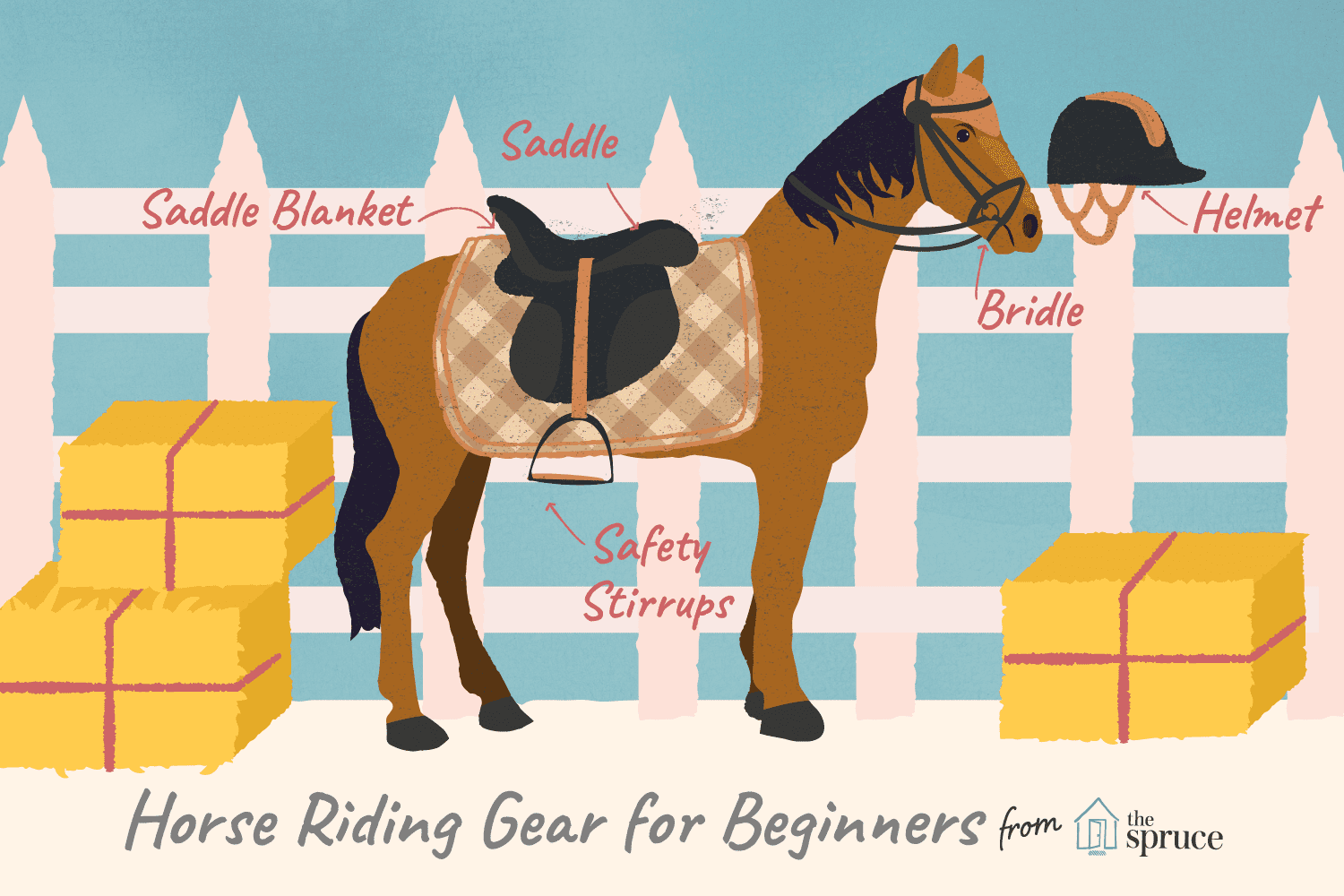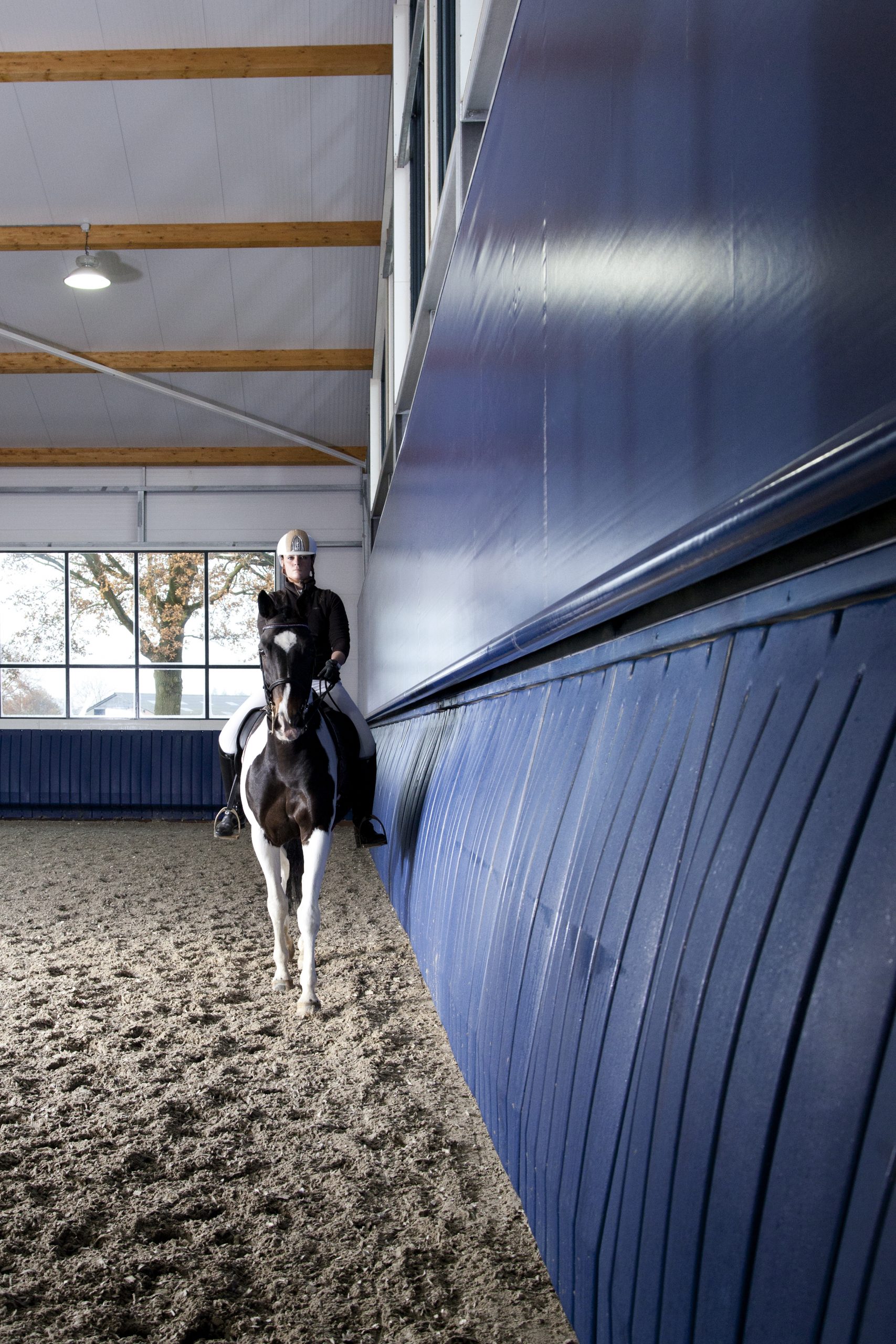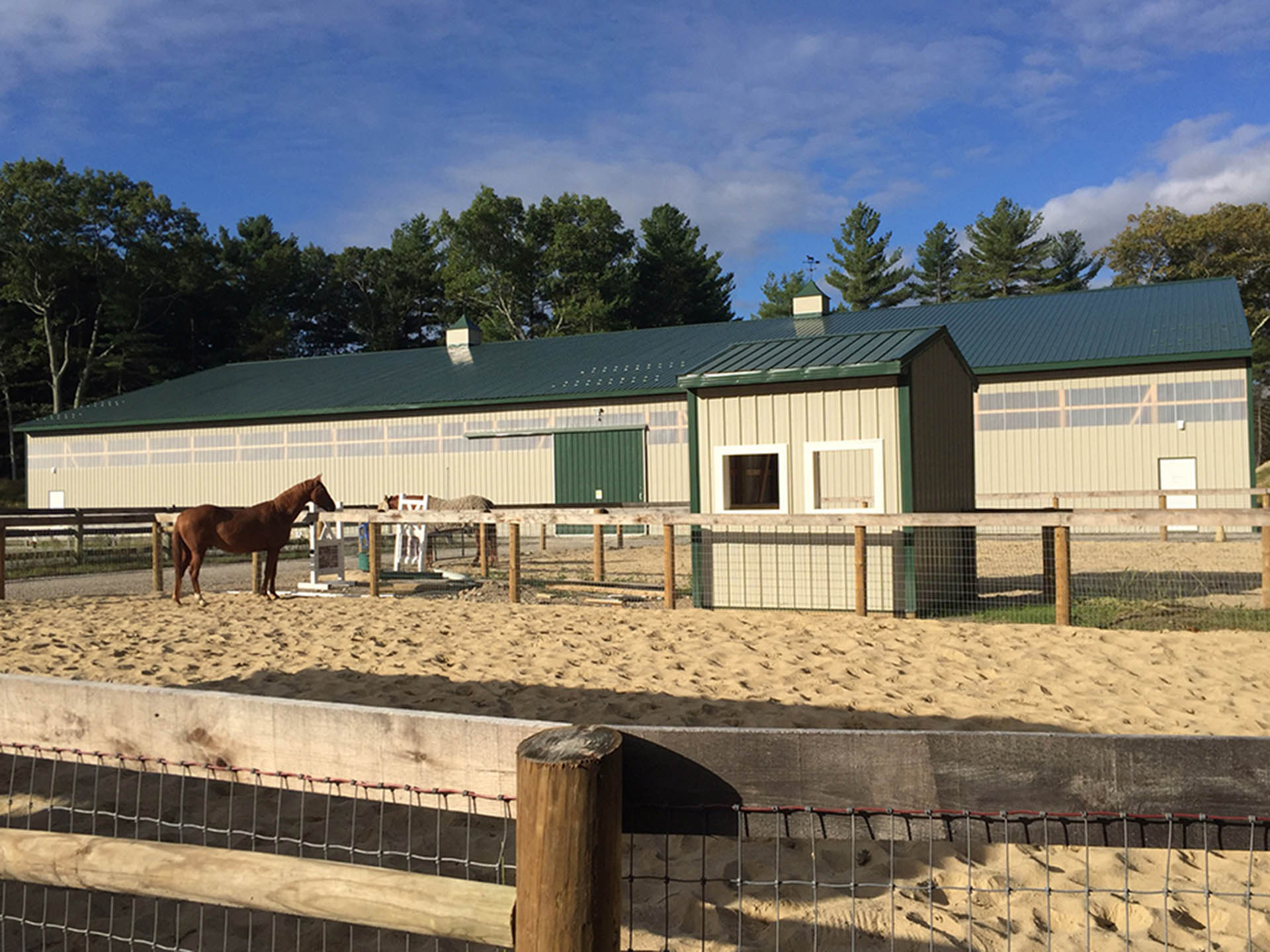Understanding the Basics of Horse Shelter
When considering horse shelter construction, it’s essential to grasp what constitutes a safe and comfortable environment for these majestic animals. A well-designed shelter offers protection from harsh weather, a space for rest, and a refuge from insects and other pests. These structures vary from simple run-in sheds to elaborate barns, each tailored to fit specific needs and climates.
Importance of a Proper Shelter for Horses
Equine well-being hinges on the availability of proper shelter. A safe haven not only shields horses from extreme temperatures but also contributes to their overall health by reducing stress and the risk of injury. Whether for a single horse or a herd, the significance of a quality refuge cannot be overstated, making horse shelter construction a top priority for owners.
DIY Horse Shelter Plans

Choosing the Right Location
Selecting an optimal site for your DIY horse shelter involves considering factors such as drainage, accessibility, and exposure to elements. A higher ground location prevents flooding, while proximity to water and paddocks adds convenience. Orientation matters too; ideally, the shelter should be positioned to block prevailing winds yet allow for proper ventilation.
Materials Needed for Building a Horse Shelter
- Sturdy lumber for framing (pressure-treated recommended)
- Roofing materials (metal or shingles)
- Siding options (wood, metal, or synthetic materials)
- Concrete for anchoring posts (optional)
- Fasteners and hardware (screws, nails, hinges)
Tools Required for the Job
Equipping yourself with the right tools is crucial for a smooth building process. A hammer, saw, drill, level, and measuring tape are fundamental. Additionally, having a ladder and possibly a post-hole digger will aid in erecting a sturdy structure.
Step-by-Step Guide to Build a Horse Barn

Preparing the Ground
Starting with a level foundation is key to build a horse barn that stands the test of time. Clear the area of debris, ensure the ground is flat, and consider laying gravel for improved drainage. This step sets the stage for a solid and durable horse abode.
Setting Up the Framework
The framework serves as the skeleton of your structure. Erect the posts, ensuring they are secure and level, and then attach the horizontal supports. Precision here is vital for the integrity of the shelter.
Roofing and Weatherproofing
A robust roof is your shelter’s primary defense against the elements. Choose materials suited for your climate and install them with care to prevent leaks. Weatherproofing also involves sealing gaps and ensuring the siding adequately protects the interior.
Finishing Touches on Your Horse Barn
With the structure in place, it’s time for doors, trim, and any internal partitions. Ensure everything functions smoothly and that there are no sharp edges or protrusions that could harm the horses. Comfort and safety are your guiding principles.
Horse Stable Building Plans

Designing a Functional Horse Stable
Horse stable building plans extend beyond the basics of shelter. They incorporate features like stalls, feed storage, and tack rooms. A functional design accounts for the daily workflow, ensuring ease of movement for both horses and caretakers.
Incorporating Storage and Amenities
Adequate storage for hay, feed, and equipment is essential in a stable. Including a dedicated space for these items keeps them dry and organized. Amenities like wash racks or a lounge area can also enhance the functionality of your stable.
Cost-Effective Horse Shelter Solutions

Building a Horse Shelter on a Budget
Creating a horse shelter on a budget doesn’t mean sacrificing quality. Planning, sourcing affordable materials, and doing the work yourself can significantly cut costs. Prioritize the essentials and look for ways to economize without compromising on the safety or comfort of your equine friends.
Using Recycled Materials
Recycled materials are not only cost-effective but also environmentally friendly. Old barn wood, metal panels, or repurposed doors can provide character and functionality to your shelter while keeping expenses low.
Portable Horse Shelter Options
For those needing flexibility, a portable horse shelter might be the answer. These movable structures are ideal for rotational grazing systems or temporary housing needs, offering versatility without a permanent footprint.
Field Shelter for Horses

Advantages of a Field Shelter
Field shelter for horses provides a free-access refuge within the pasture, allowing horses to seek protection at their discretion. This type of shelter promotes natural behavior and can be less costly than a full-fledged stable.
Building a Run-In Shed for Horses
Building a run-in shed for horses involves similar considerations to other shelters but with an open-front design. Such structures need to be well-anchored and positioned to shield the interior from prevailing winds while offering an inviting escape for the herd.
Horse Shed Design Considerations

Size and Capacity
The horse shed design must account for the number of horses and their size. Each horse requires ample space to lie down, turn around, and stand comfortably without the risk of injury.
Accessibility and Ventilation
Good design ensures ease of access for both horses and handlers. Proper ventilation is equally important, as it prevents moisture buildup and maintains a fresh environment within the shelter.
Long-Term Maintenance
Consideration for long-term maintenance will save time and money down the road. Choose durable materials and design elements that simplify tasks like cleaning and repairs, ensuring the shelter remains a haven for years to come.
Finishing Your Horse Shelter Project

Customization and Personal Touches
Once the basics are in place, you can add personal touches to your horse shelter. Customization can include painting, adding decorative elements, or installing comfort features like rubber matting.
Safety Inspections and Adjustments
Before introducing your horses to their new shelter, conduct thorough safety inspections. Making necessary adjustments now will prevent accidents and ensure the structure is as safe and comfortable as possible.
Conclusion and Additional Resources

Reviewing Your Horse Shelter Project
In review, constructing a horse shelter is a rewarding endeavor that enhances the well-being of your horses. By following these guidelines and ensuring each step is executed with care, you’ll provide a durable and cozy retreat for your equine companions.
If you’re a horse owner looking to create the perfect environment for your equine friend, you may be interested in learning how to build a horse shelter to provide a safe haven for your horse in various weather conditions. While you’re expanding your knowledge on horse care, don’t forget to check out our practical guides on how to build a horse feeder to keep your horse’s feeding area tidy and efficient, how to transport a horse safely for those times you need to travel, and how to clean horse stalls to maintain a healthy and hygienic living space for your horse. These resources are designed to help you provide the best care for your equine companion.
Further Learning and Support
For those eager to continue learning, numerous resources are available, including detailed building plans, expert advice, and community forums. The journey of horse shelter construction is a continuous one, with each project offering new insights and satisfaction.



